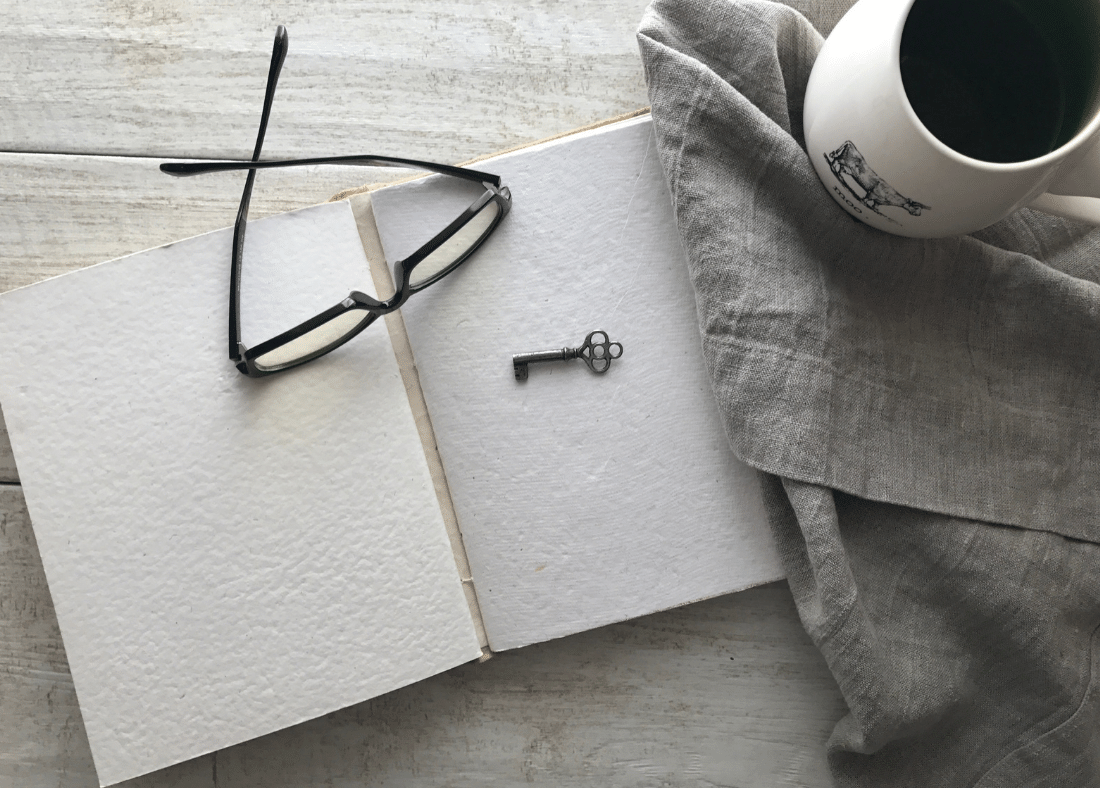What Are the Different Types of Eyeglass Hinges?
Andy Mant
The hinges on eyeglasses are have two important features you will want to consider - comfort and style.
The hinges are the only moving part of glasses and are needed to help open and close the temples of glasses (a.k.a the arms on your glasses).
There are a few different types of hinges that can be used on either eyeglasses or sunglasses.
The Three Types of Hinges on Glasses
1. Standard Hinges
Standard hinges are also known as barrel hinges or tenon hinges and are the most common type of hinges used on most eyeglasses and sunglasses frames.
A standard hinge works by consisting of a barrel hinge design, which is a design made of interlocking metal loops that are all held in place by a small screw through the middle of the loops.
The metal loops in a standard glasses hinge are also known as charniers.
Barrel hinges come in intervals of either 3, 5, 7 or 9 charniers.
Benefits of a Standard Hinge
- Standard hinges are the easiest to repair and modify if needed to help make you glasses fit more comfortably.
- Standard hinges can be more durable, especially the seven barrel hinge design.
Disadvantages of a Standard Hinge
- Standard hinges cannot extend the temples on glasses past ninety degrees, this makes them prone to breaking if the arms of the glasses are pulled too far apart.
- Standard hinges might not be the most comfortable if you have a wider face that needs the temples on your frames to extend out wider.
2. Spring Hinges
Spring hinges are hinges that have a spring mechanism that allows the temples of a glasses frame attached to the hinge to extend beyond ninety degrees.
Benefits of a Spring Hinge
- Spring hinges biggest benefit is the flexibility of allowing the arms on your eyeglasses or sunglasses to open out wider for your face.
- Spring hinges allow for a one size fit all option for different glasses styles.
- Spring hinges require no adjustments for comfort fittings.
Spring hinges are an alternative option to using standard hinges for most adult eyeglasses and sunglasses.
Disadvantages of a Spring Hinge
- Spring hinges cannot be custom adjusted
- Spring hinges are more difficult to repair compared to standard hinges if they get damaged or broken.
3. Hingeless Frames
Hingeless frames are glasses that have no metal hinge mechanisms attached to the frames to help move the temples of the glasses.
Hingeless frames can come in either plastic frames or specialised metal frames.
Benefits Hingeless Frames
- Hingeless frames are best for kids glasses when you are worried your child will try open the arms on their glasses to wide or twist the frames.
- Hingeless frames have no hinge that will need repairing.
- Hingeless glasses have arms that open wide which makes them ideal as one size fits all for children's eyewear.
Disadvantages of a Hingeless Frame
- Hingeless frames cannot be repaired if the temple breaks off the glasses frame.
- Hingeless frames styles are more limited vs standard or spring hinge frames.
Final Thoughts
There are three main types of hinges that can be used when making eyewear like eyeglasses or sunglasses.
Each type of hinge has advantages and disadvantages when it comes to comfort for your face type, durability and ease to repair.



